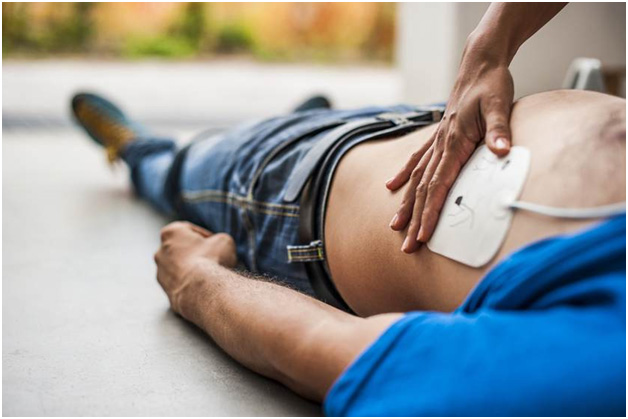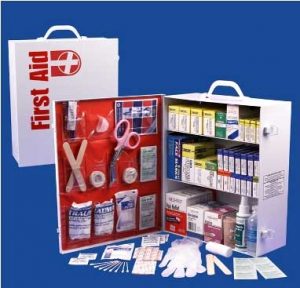Camping with the family is supposed to be relaxing, but it can feel stressful if you don’t know how to pack, set up, and organize your campsite efficiently. After all, no one wants to spend all their time unpacking camping gear, looking for things, and hauling stuff around their campsite! Read on to learn how to efficiently pack and set up all your gear!
How to Pack Your Camping Gear for Easy Set Up at the Campground
Start your packing process with stackable rubber storage totes. You’ll need at least three (one for each camping “section” of your campsite, including the kitchen, sleeping, and living areas). Larger families or those with extensive gear will probably need more than one tote for each section. Once you arrive at your campsite, simply set each tote in the designated area you’ll need it in, such as the area around your picnic table for the kitchen tote, your tent area for your sleeping tote, and near your campfire pit for your living area tote. Color code your totes to remember where each one belongs.
Try this kitchen packing hack: Store your kitchen tools and utensils in a toiletry bag or other small bag to keep them organized and clean between uses at a dusty campground. You can hang them from a tree branch for easy access when you’re at your site.
In addition to your three “main section” totes, assign a smaller tote to each family member. This tote will hold that person’s clothing and personal items. Using totes for this purpose, instead of duffel bags or suitcases, saves space in your car or trailer since you can stack them.
Place items you’ll need at the ready in a mesh laundry sack (which can be re-purposed later for dirty clothes). These items may include swimsuits and towels you’ll want as soon as you arrive at the campground or jackets and boots if you’re camping in damp areas or in the off-season.
How to Find a Good Campsite and Set Up Efficiently
If you can reserve your campsite ahead of time, do so online as early as possible. Look at the campground map and note campsites that back up to the wilderness instead of other sites. In addition, look at the bathroom and shower locations (you may want to be close to one or you may want to be farther away from foot traffic). If you are camping at a campground that does not take reservations, arrive at the campground as early in the day as possible. When you arrive, look for a campsite that backs up to the forest or scenery to minimize noise from any neighbors.
Find a campsite with equal parts shade and sun to maximize your exposure and enjoy warmth in the mornings and cooler temperatures in the afternoon. Once you’ve selected a site, set up your sleeping area in the shade (so your tents don’t heat up during the day) on flat ground away from the fire ring and kitchen area.
Set up your kitchen adjacent to the fire ring and picnic table. You may want to consider setting up a screen dome or shade shelter over the table to reduce unwanted quality time with insects and mosquitos. Make sure you place your cooler in the shade.
How to Have a Safe Campfire
First, always make sure the campground permits campfires. Campfire policies can change seasonally, and they may be prohibited during peak forest fire danger periods. If campfires are permitted, make sure to gather sticks and wood from the ground around your site, taking care not to break branches off living trees. Dead wood is drier and better for burning.
If you need to buy firewood, buy it at your campground or at a local store. This practice saves space in your vehicle for your other gear, and it is far better for the environment. When you bring wood from home, you can unknowingly bring unwanted, non-native insects or parasites along with it.
Start your campfire with kindling or small sticks from around the campsite, combined with some newspaper or store-bought fire starter.
Always let your campfire start to die out one hour before bedtime. This is a great time to light a camping lantern and play a few rounds of cards or a board game. Of course, you should always put your fire completely out before leaving your campsite (for the day or at the end of the trip). To extinguish your fire quickly, separate the burned coals with a stick. Once they’re not touching, they will become cool to the touch within 15-20 minutes on average. After spreading the coals, ensure that the fire is fully out by throwing buckets of water or sand or them.

Source: eReplacementParts.com



